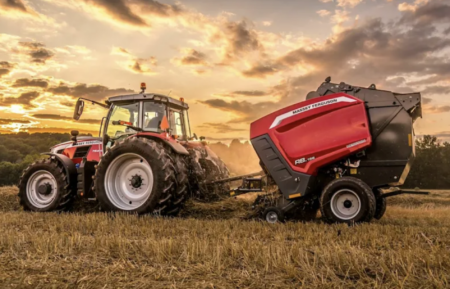The global forestry machinery market, currently valued at around $4 billion, is anticipated to pass $6 billion by 2030 according to a recent report by leading market intelligence firm, Fact.MR.
However, the COVID-19 pandemic has interrupted the growth of the industrial equipment machinery market due to nationwide lockdowns, leading to a steep fall in the sales of forestry machinery, globally. In addition, high initial investment of forestry machinery adds another layer of complexity, as several users are hesitant to invest in new forestry machinery at this time. This, in turn, is expected to see a decline in the demand for forestry machinery in the near future claims the report.
Ongoing development plans formulated to boost the forestry industry in key countries such as China and Indonesia are expected to drive the demand for relevant solutions, such as forestry machinery and equipment. Moreover, growing focus of manufacturers on designing machinery for high production applications, demanding operations, and extreme terrain conditions, is expected to augur well for the growth of the forestry machinery market during the forecast period of 2020-2030.
Key takeaways from study
The global forestry machinery market is projected to create an absolute dollar opportunity of around US$ 2 Bn, and is anticipated to expand at a value CAGR of 5% during the forecast period
By machine, forwarders are set to hold a share-wide market dominance with over 38% of the total market value by the end of the forecast period.
Skidders are projected to progress at a value CAGR of 5%, and be valued 1.5X more than bunchers by the end of 2020.
By region, Europe is expected to emerge as the fastest-growing forestry machinery market, and surpass a market valuation of US$ 2.5 Bn by the end of 2030.
According to the report, the impact of COVID-19 will have long-term implications on the growth of the forestry machinery market. It is anticipated that, even if the pandemic is brought under control, demand is expected to remain muted till the end of 2020, owing to uncertain economic conditions. However, a positive outlook for forestry machinery in developing countries of Asia Pacific, coupled with a shift towards mechanised mode of operations, is anticipated to foster the demand for forestry machinery over the coming years.
Prominent manufacturers are focusing on introducing new products in order to broaden their customer base and gain a competitive edge over other players.





